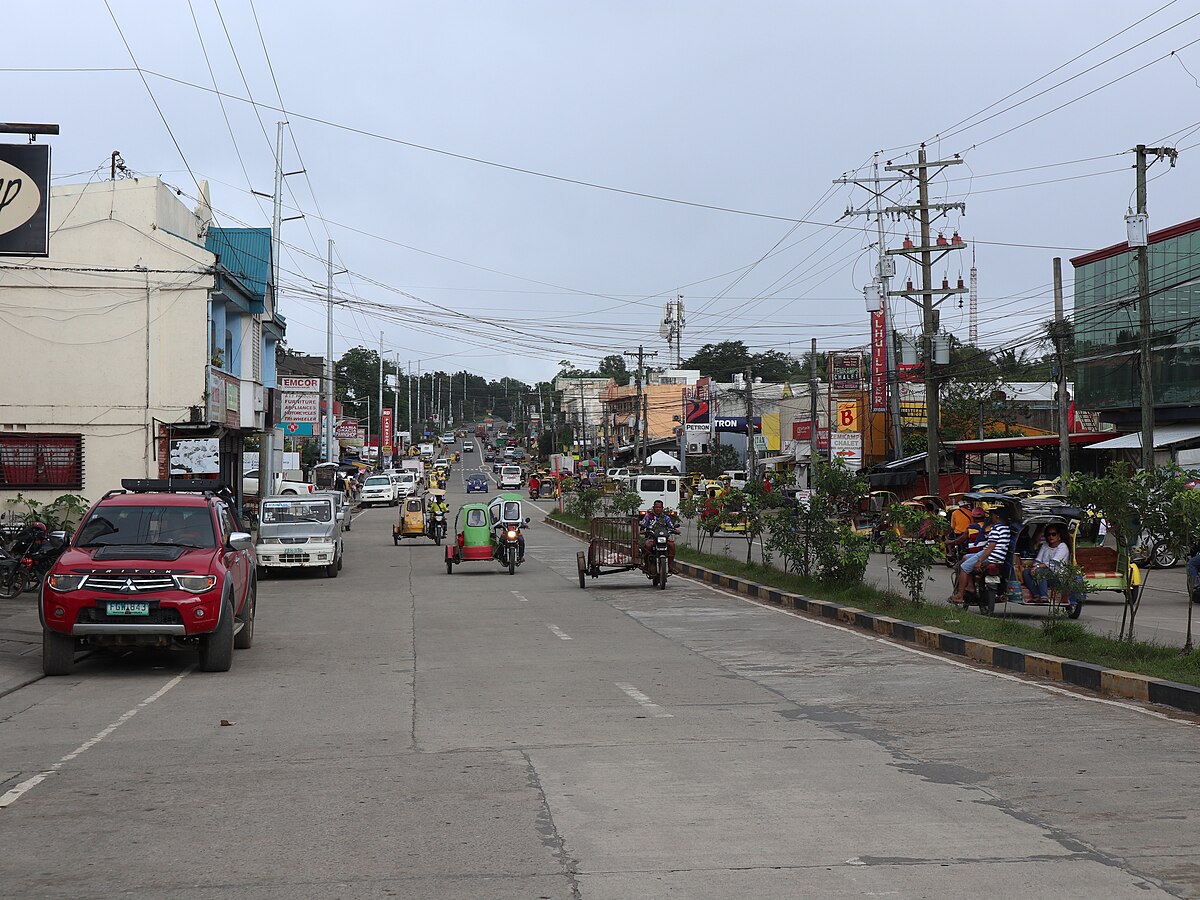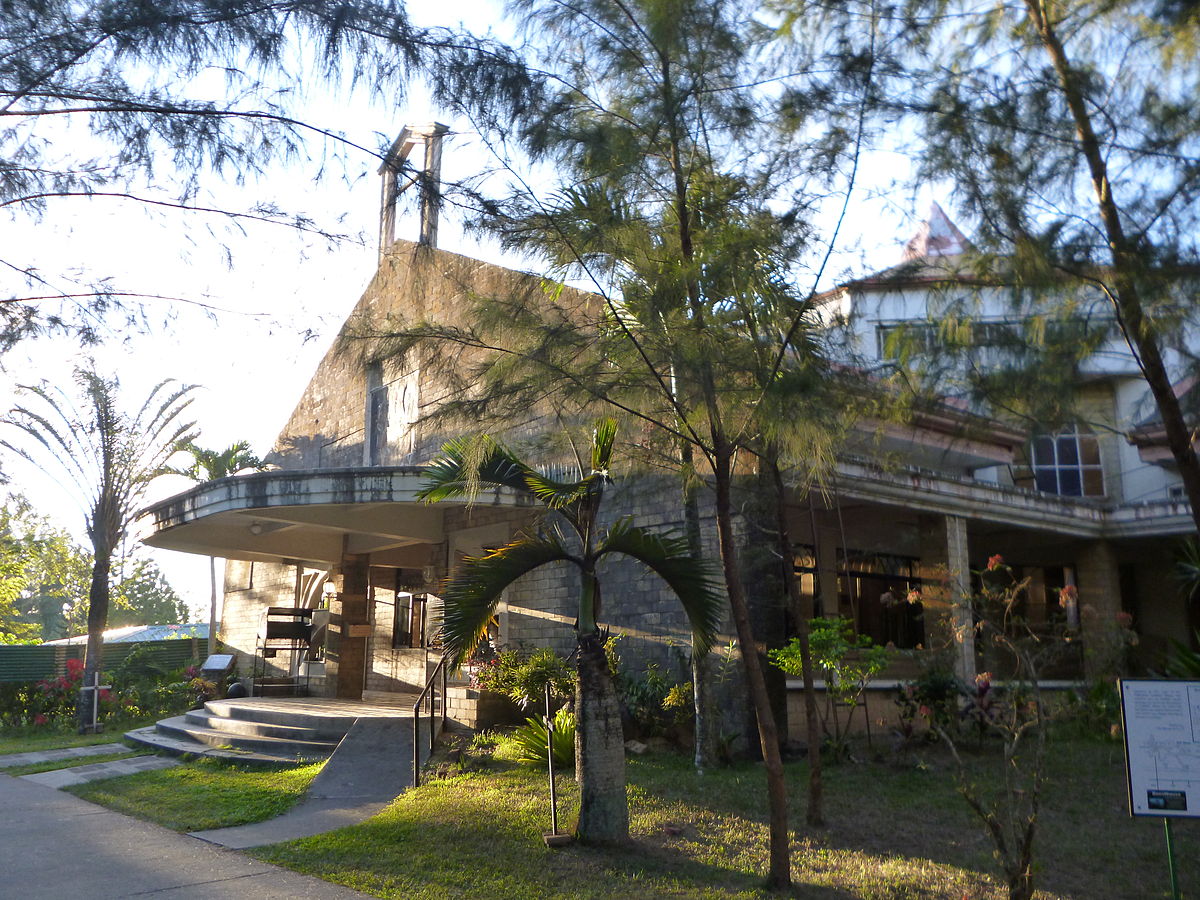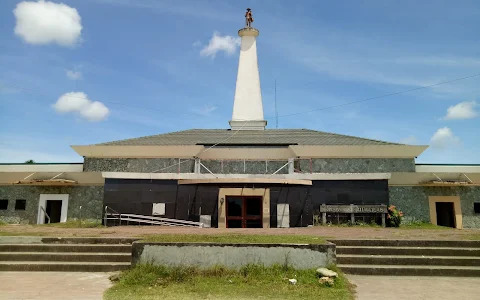Welcome to Jordan in Guimaras, and welcome to Anthro on Foot's walking tour! This is a self-paced
walking
tour that features key heritage sites and cultural highlights in the area. We hope you enjoy this tour
as much as
we enjoyed curating it!
Guimaras was inhabited by the indigenous Ati people and the Visayan groups before the arrival of
colonial influences. These early inhabitants engaged in agriculture, fishing, and trade among
themselves.
As part of the larger Visayan region, Guimaras was influenced by the cultural practices of
neighboring islands. Interaction with other communities in the Visayan group and trade with Chinese
and Malay traders played a role in shaping the island's early culture.
The Visayans were known for their seafaring and trading activities even before the arrival of
external influences. Guimaras, strategically located in the heart of the Visayan Sea, has been
involved in inter-island trade, exchanging goods such as pottery, metals, and agricultural products.
During the Spanish colonial period, the name of the town was changed from Nagaba to Jordan. The
name Jordan, the Spanish name for the Jordan River, was chosen by the residents in honor of John the
Baptist, their patron saint.
The Spanish influence in Guimaras became more pronounced during the 18th century when it was
formally organized as part of the Spanish colonial administrative system. Guimaras was initially
part of the province of Iloilo.



